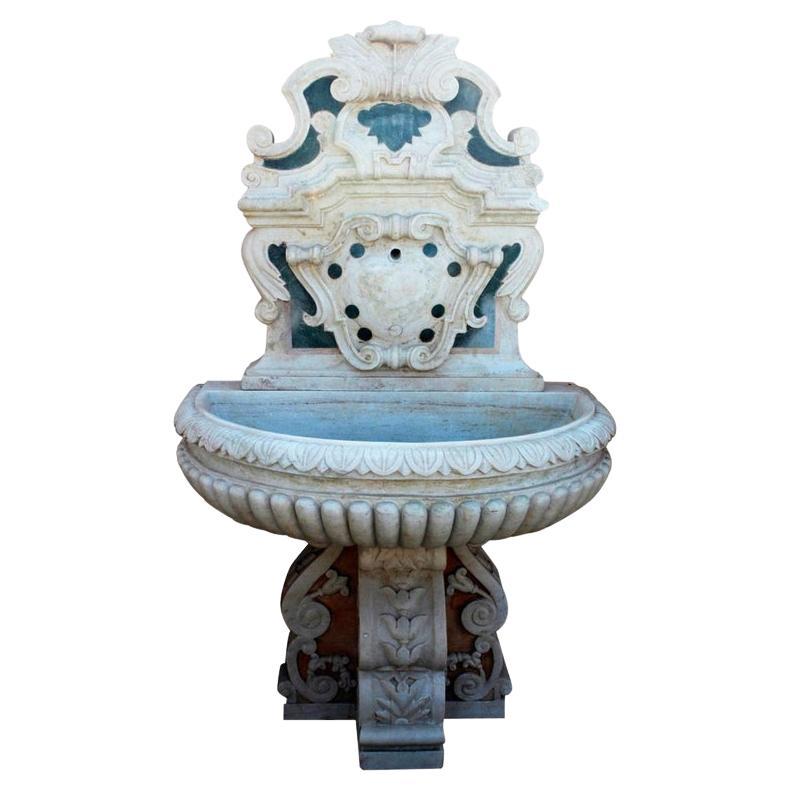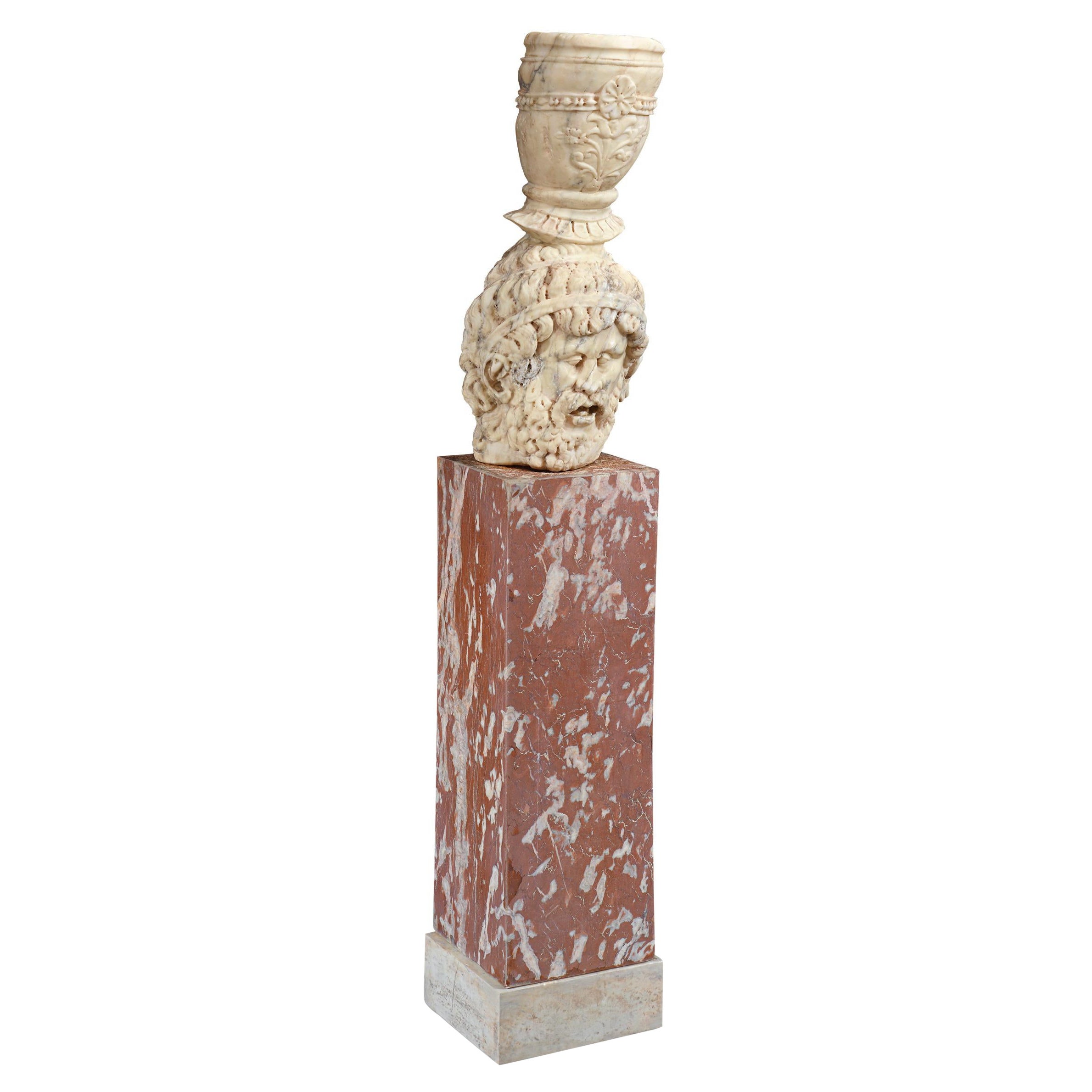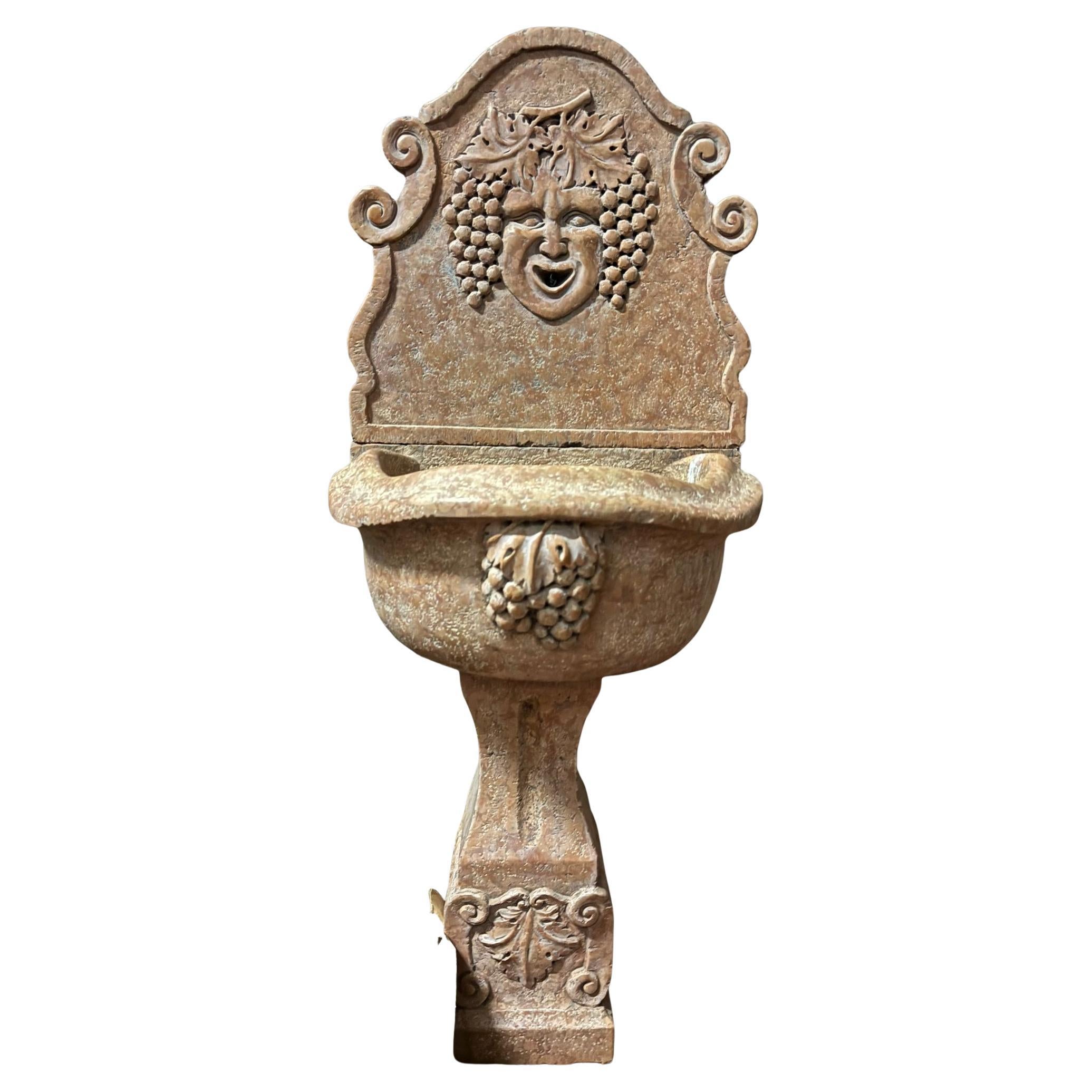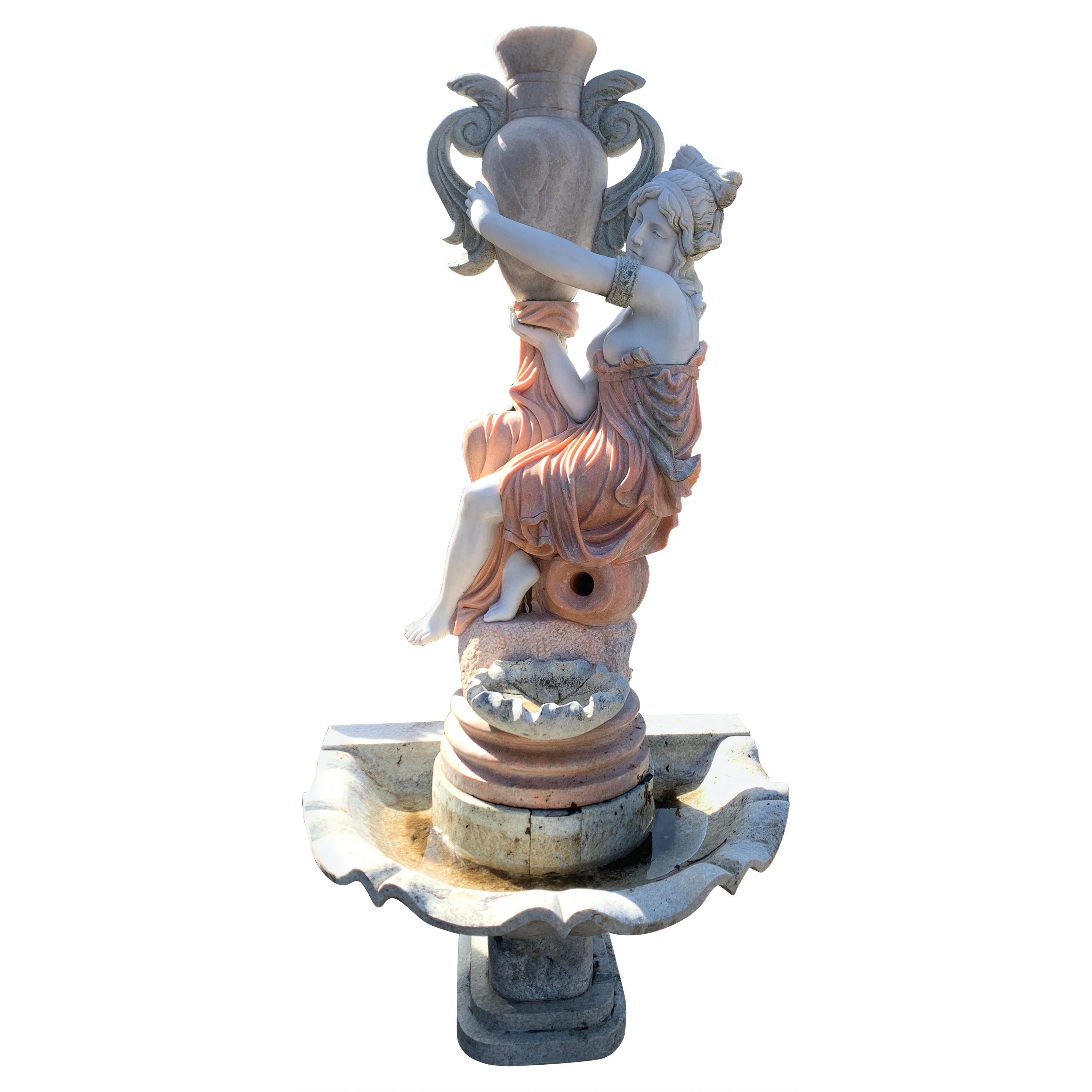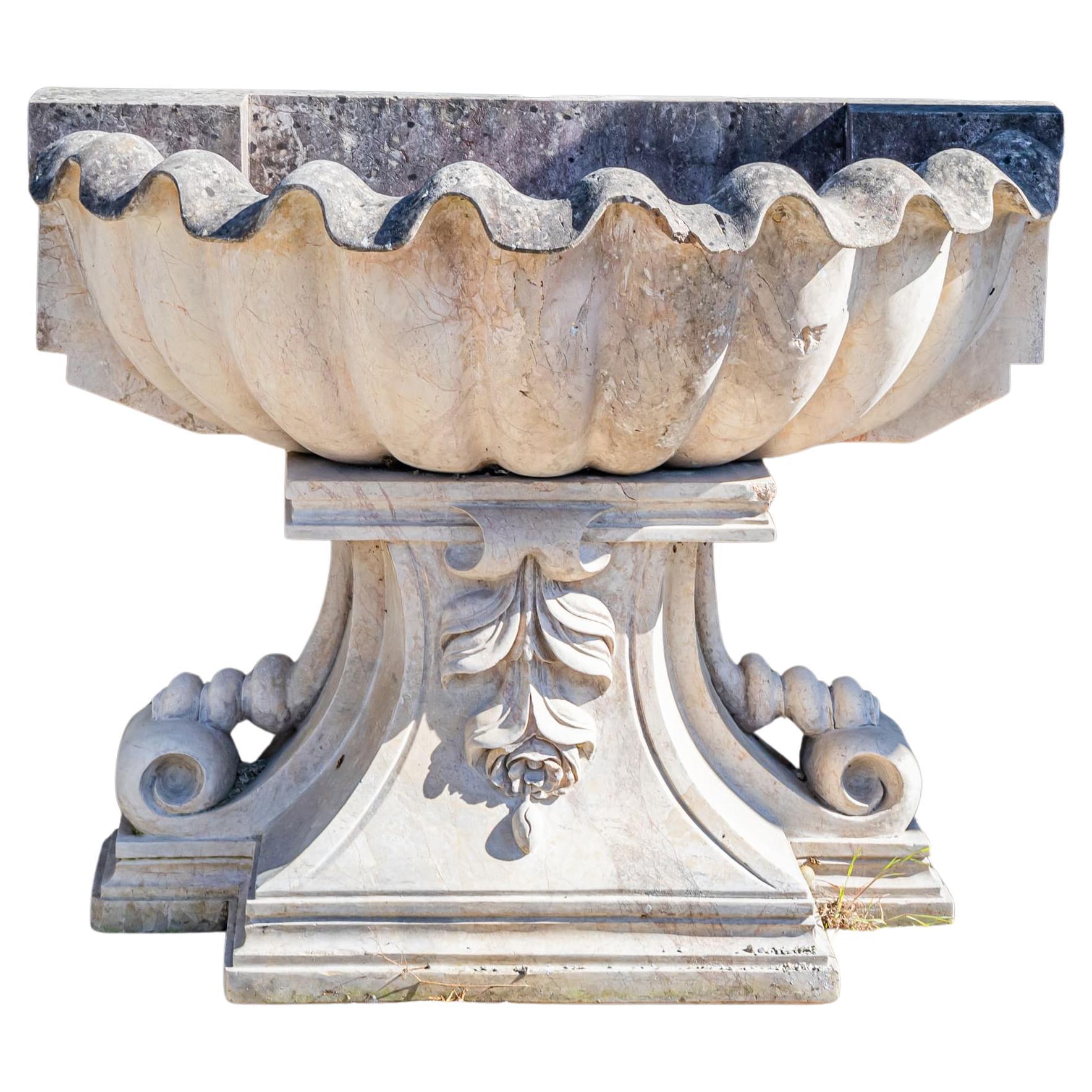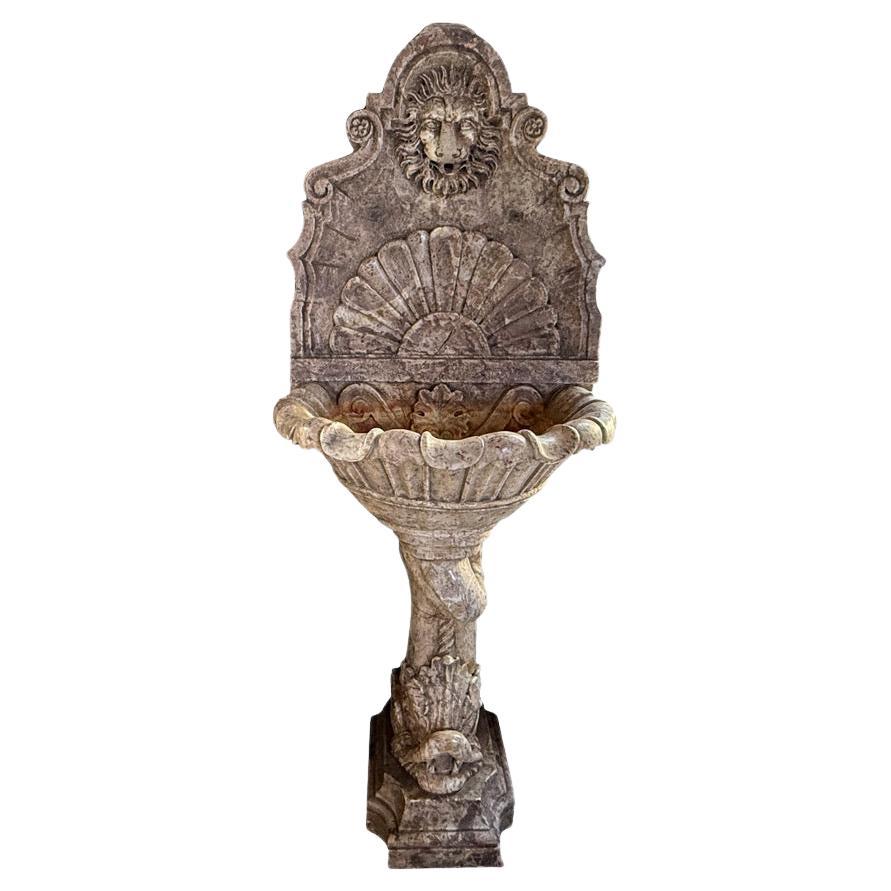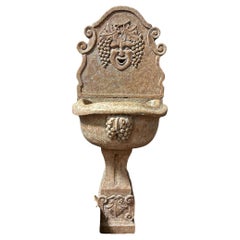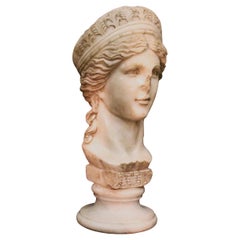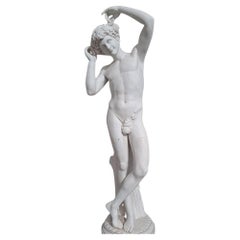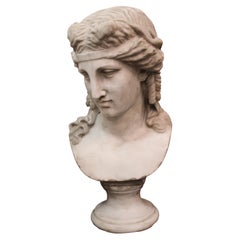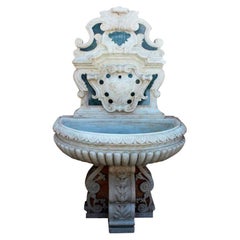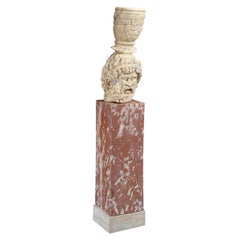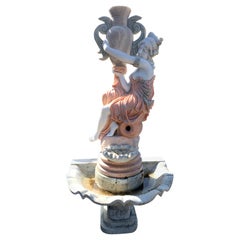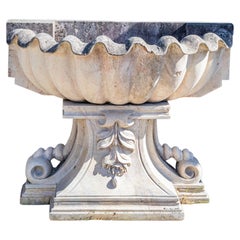Want more images or videos?
Request additional images or videos from the seller
1 of 5
Marble Fountain
$4,304.21
£3,228.20
€3,640
CA$6,026.43
A$6,642.78
CHF 3,432.37
MX$79,409.69
NOK 43,178.96
SEK 40,582.07
DKK 27,731.35
About the Item
Fountain in marble. ADDITIONAL PHOTOS, INFORMATION OF THE LOT AND SHIPPING INFORMATION CAN BE REQUEST BY SENDING AN EMAIL
Tags: Fontana un marmo. fuente de canica. Fontaine à marbre. Brunnen aus Marmor.
XX century
Dimensions:
117x62x37cm
- Dimensions:Height: 46.07 in (117 cm)Width: 24.41 in (62 cm)Depth: 14.57 in (37 cm)
- Materials and Techniques:
- Place of Origin:
- Period:
- Date of Manufacture:XX century
- Condition:
- Seller Location:Rome, IT
- Reference Number:1stDibs: LU6232242640362
About the Seller
5.0
Vetted Professional Seller
Every seller passes strict standards for authenticity and reliability
Established in 2001
1stDibs seller since 2022
33 sales on 1stDibs
Typical response time: 7 hours
- ShippingRetrieving quote...Shipping from: Rome, Italy
- Return Policy
Authenticity Guarantee
In the unlikely event there’s an issue with an item’s authenticity, contact us within 1 year for a full refund. DetailsMoney-Back Guarantee
If your item is not as described, is damaged in transit, or does not arrive, contact us within 7 days for a full refund. Details24-Hour Cancellation
You have a 24-hour grace period in which to reconsider your purchase, with no questions asked.Vetted Professional Sellers
Our world-class sellers must adhere to strict standards for service and quality, maintaining the integrity of our listings.Price-Match Guarantee
If you find that a seller listed the same item for a lower price elsewhere, we’ll match it.Trusted Global Delivery
Our best-in-class carrier network provides specialized shipping options worldwide, including custom delivery.More From This Seller
View AllFontana di marmo
Located in Rome, IT
Ancient fountain in Verona red marble, 20th century.
Category
Early 20th Century Urns
Materials
Marble
$5,557
Marble sculpture of Hera
Located in Rome, IT
Marble sculpture of Hera, probably made in Greece in the mid-20th century. ADDITIONAL PHOTOS, INFORMATION OF THE LOT AND SHIPPING INFORMATION CAN BE REQUEST BY SENDING AN EMAIL. Indi...
Category
Mid-20th Century Italian Figurative Sculptures
Materials
Marble
$6,148
Bacchus sculpture
Located in Rome, IT
Large marble sculpture of bacchus, 20th century.
Category
Mid-20th Century Figurative Sculptures
Materials
Marble
$11,351 Sale Price
20% Off
Dionysius Marble Sculpture, 19th Century
Located in Rome, IT
Large head of Dionysus sculpture in white marble, 19th century.
Category
Antique 1870s Italian Busts
Materials
Marble
$9,459 Sale Price
20% Off
Pair of marble vases
Located in Rome, IT
Pair of marble vases. ADDITIONAL PHOTOS, INFORMATION OF THE LOT AND SHIPPING INFORMATION CAN BE REQUEST BY SENDING AN EMAIL.
Tags: Coppia vasi in marmo. Par de jarrones de mármol. P...
Category
Mid-20th Century Italian Vases
Materials
Marble
$7,946
Marble centaur
Located in Rome, IT
Marble centaur sculpture, ADDITIONAL PHOTOS, INFORMATION OF THE LOT AND QUOTE FOR SHIPPING COST CAN BE REQUEST BY SENDING AN EMAIL, ULTERIORI FOTO, INFORMAZIONI SUL LOTTO E PREVENTIV...
Category
Mid-20th Century Animal Sculptures
Materials
Marble
$7,094
You May Also Like
Marble Wall Fountain
Located in Marbella, ES
Marble wall fountain.
Category
Late 20th Century Italian Fountains
Materials
Marble
$15,963
Tulio Lombardo Style Marble Fountain
Located in New Orleans, LA
This marble fountain sculpture in the style of Tulio Lombardo embodies the glory of Renaissance sculpture. Reminiscent of classical portrait busts, a bearded man's face serves as the...
Category
Antique 17th Century Italian Renaissance Fountains
Materials
Marble
Beautiful Figurative Marble Fountain
Located in Brooklyn, NY
Beautiful marble fountain or birdbath of a cloaked figure pouring water. Please confirm location with seller (NY or NJ)
Category
Mid-20th Century Mid-Century Modern Fountains
Materials
Marble
Marble Wall Fountain
Located in Greding, DE
Fountain made of light marble with a shell-shaped bowl and richly decorated base. The finely sculpted volutes and the ornately carved leaf motif give the piece sculptural depth and c...
Category
20th Century European Renaissance Fountains
Materials
Marble
$2,249
Pre 19th Century Italian Antique Wall Marble Fountain - Antique Fontana Delfino
Located in West Palm Beach, FL
A marble wall fountain with dolphin pedestal. The Campana shaped body of the basin is supported by the dauphin grotesque pedestal which is placed on a raised square foot. The fountai...
Category
Antique Late 18th Century Italian Renaissance Fountains
Materials
Marble
Decorative Marble Bowl as Fountain
Located in Greding, DE
Decorative bowl made of white marble with a chalice-shaped pedestal and finely detailed leaf ornamentation. The clean contouring and precise execution of the surrounding leaf motifs ...
Category
Early 20th Century European Fountains
Materials
Marble
More Ways To Browse
Spelter Figures
Sphinx Empire
Three Graces Sculpture
Unsigned Bronze Sculpture
Used Furniture Costa Rica
Yoruba Sculpture
16th Century Cast Bronze
Adrien Etienne Gaudez
Amber Figure
Aug Moreau
Benedetto Boschetti
Blue Porcelain Figurine
Bronze Horse Rider Sculpture
Bronze Male Torso
Chinese Root Wood Sculpture
Danseuse Sculpture
Egyptian Relief
Eve Serpent
